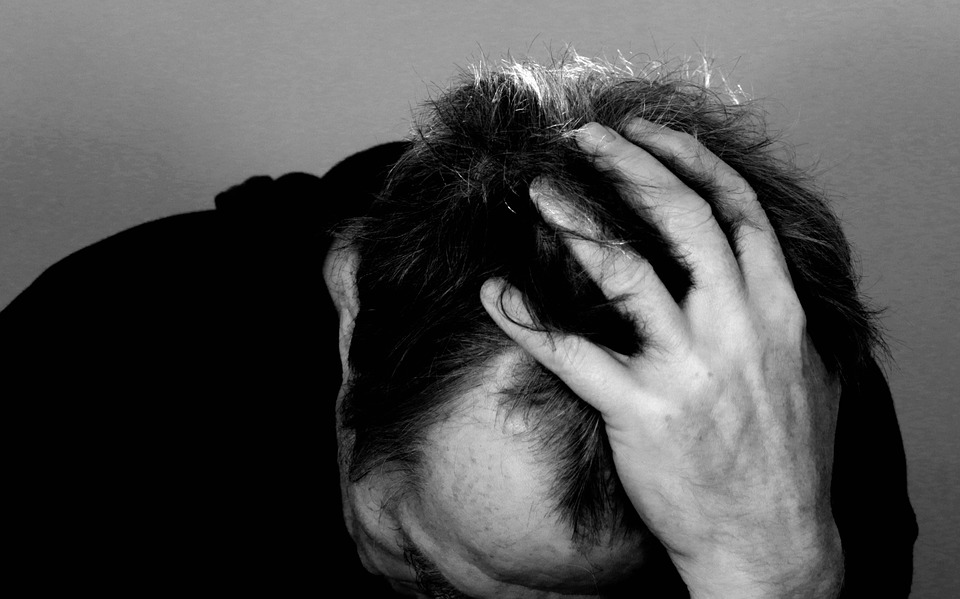Guest Blogger Jessica VandenBussche, 2015
Pain is a common occurrence following an injury, illness, or traumatic event like a motor vehicle accident. While pain does play an important role in alerting us to potential dangers, injury, or an impending problem, it can also become a significant barrier to function as it can often continue long after the dangerous situation resolves. Our brain can also change such that the pain message gets so used to being sent, these can start being sent faster and easier, even in non-threatening situations.
Chronic pain is difficult to treat and manage because of all the different factors that contribute to its intensity, frequency, and the many variables that can make it better or worse. Stress, depression, feelings of loss of control, pressures at work or home, and other mental or emotional factors affect pain perception. Further, currently, there is no objective way for medicine to quantify pain which can make it even more difficult to measure, treat, and to understand the pain experience that varies between people.
The experience of pain then remains subjective. And as this changes frequently under the presence of other factors such as secondary injury, low mood, stress, and other environmental pressures, pain can still increase even in the face of conservative therapeutic or medical management. Whether or not tissue damage is found, it is difficult for someone who is experiencing pain to complete activities of daily life and to fulfill the roles that make them who they are (e.g. mother, father, worker, student, athlete). For any of us that lose the ability to manage in an important life role, this can cause significant mental and emotional losses and anguish. If the change in roles is sustained for too long without resolution, people can develop an altered sense of self, causing more psychological hardship which can lead to higher perceptions of pain. Then the cycle continues. The current best practice for addressing chronic pain is a multi-method approach that addresses mental, physical and emotional issues plus the effect of pain on daily function, roles, and identity.
Occupational Therapists play a pivotal role in the assessment and treatment of physical and psycho-emotional issues including chronic pain. Through our involvement, we analyze function, work to provide solutions and help break the pain-disability cycle. We connect people to other providers that are necessary and impactful members of the treatment team. Occupational therapists are also well-versed in strategies to help people sleep better, move differently, and adapt to disability to reduce the limitations that result from any condition, including pain.
In short, any injury, including a car accident, can cause pain. Whether this pain is primarily physical or emotional, visible or invisible, it is important to remember that the pain experience is real and can be debilitating. Occupational therapists are qualified to identify the psychological, cognitive and physical needs of the individual and to provide treatment to improve function in daily activities. With appropriate treatment, pain and daily function can improve, helping the individual participate in meaningful activities and to regain or maintain their sense of self.
Useful Resources
The American Academy of Pain Medicine, videos to understand pain, its reasons and its effects
Entwistle Power Occupational Therapy: Chronic Pain a Problem? Try OT

